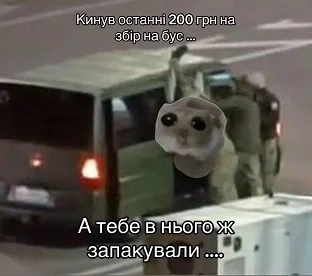While it’s generally agreed that something has to be done to replace fallen soldiers and to give those who've been fighting since the beginning of Russia’s Feb. 24, 2022 invasion a chance to rest, Kyiv is facing an uphill battle as it navigates the fraught issue of updating its conscription law.
Matters have not been helped by scandals coming to light revealing that some mobilization centers have been forcibly taking Ukrainian men off the streets and driving them away.
JOIN US ON TELEGRAM
Follow our coverage of the war on the @Kyivpost_official.
Although nearly a million people joined the military – mostly as volunteers – in the first months of the full-scale invasion, according to various sources, tens of thousands are believed to have died and an even greater number have been wounded.
What is highly unusual, though, is that while Ukraine fights for its very survival as an independent nation, the average age of its fighters today is 43, and so far those under 27 have been exempted from conscription.
“I have a lot of men 40-plus and also older in my unit – almost half of all the personnel. After more than a year in the trenches, many of us are dealing with health problems, like back pain and chronic health issues are becoming more serious. Life in the trenches isn’t as easy for us as it is for younger people. Some have problems with blood pressure or kidney problems. Some require regular hospital visits,” Vadym, a serviceman from one of the Territorial Defense units, told Kyiv Post.
But replacing those who’ve been serving all this time is proving to be difficult.
Social networks have become filled with shocking videos of men being impressed into service by those working at Ukraine’s Territorial Recruitment Centers (TRCs).
One video, posted on Instagram Sunday, March 17, shows a man in Lviv being grabbed by TRC servicemen on the street and thrown into a van, “like a criminal,” a woman, claiming to be his wife, says under the video’s description.
Hromadske reported that on Wednesday, March 20, the man in the video, Kyrylo Taran, did not show up for his summons and is now facing charges. Not showing up for a summons can result in three to five years imprisonment.
A second video from Lviv posted on Telegram at the end of November, shows a woman struggling against TRC servicemen as they grab a man and force him into an SUV – afterward, smashing her phone.
And a video posted on Instagram on March 15, allegedly shows a young man, Yevhen, from the Zakarpattia region, who appears to have been beaten.
The person who posted the video, identifying herself as Anna, says that her boyfriend had been taken out of the hotel where he was staying. She says he was then beaten, mocked, and had his personal belongings stolen by the local Khust TRC. The young man was driven to attempt suicide out of desperation, she said.
In a comment to the Ukrainian news outlet Suspilno, the Zakarpattian TRC, which is responsible for Khust TRC personnel, said that on March 13, Yevhen had been caught by border guards while attempting to cross Ukraine’s border illegally. They reported that the young man had been found in the bathroom with cuts on his wrists and was taken to the hospital.
Yulia Shevchenko, a spokeswoman for the Western region’s special prosecutor’s office told Suspilno that two criminal proceedings have been opened.
The Russian influence
But while examples of abuse of power exist, they are the exceptions in a sea of cases where those summoned to service report for duty and where the TRC acts professionally, Oleksiy Bezhevets, Ministry of Defense representative told Kyiv Post.
“A lot of videos are published about how someone gets pushed somewhere… But at the same time, for some reason, there are not a lot of videos about how people come to mobilization centers, to recruiting centers, how people take their draft documents and go on to study and train for service,” he said.
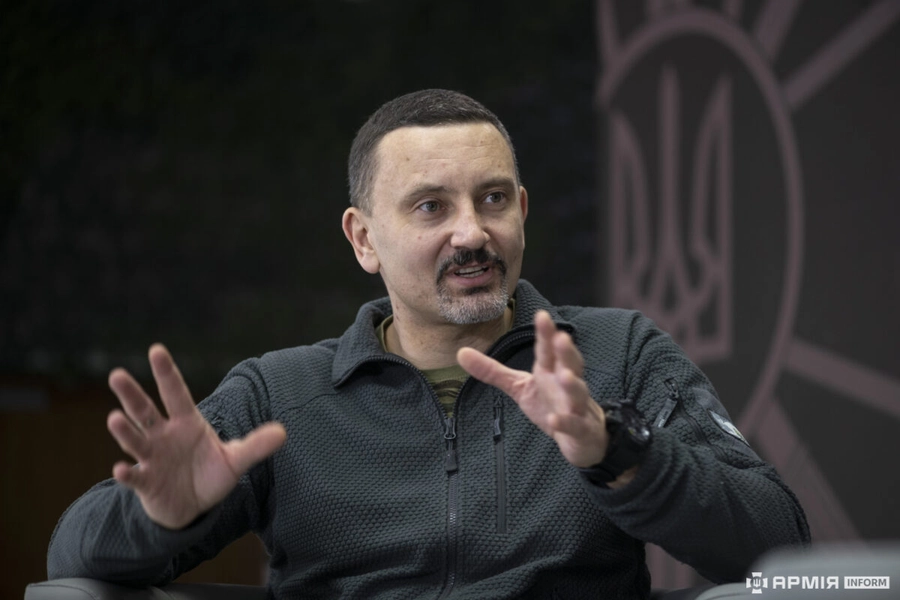
But Russian trolls are keen not only to fabricate stories and broadcast disinformation, but also to promote and spread either genuinely negative news or put a negative spin on news stories, Director of the Institute of Mass Information (IMI) Oksana Romanyuk told Kyiv Post.
The Russian propagandists and bloggers enthusiastically pick up and spread negative narratives about mobilization – particularly on popular social networks like TikTok, Instagram, and Telegram, Romanyuk said.
They often employ automated internet bots, which leave identical copy-paste comments under videos that show mobilization in a negative light – to drum up the videos’ algorithms and get more eyes on them, she said.
“The Russians have very actively invested in the bot army and the promotion of accounts and relevant videos to disrupt mobilization, instilling an atmosphere of despair,” Romanyuk said.
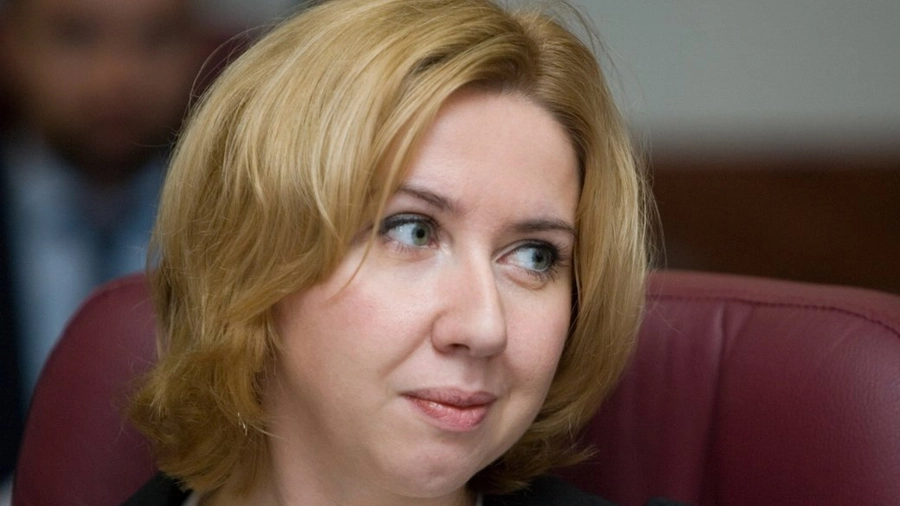
And the propaganda is getting more sophisticated, with Russian trolls now increasingly using the Ukrainian language in their videos and posts in addition to the Russian language, which is also broadly spoken in Ukraine.
“The main narratives of this propaganda are that the Ukrainian command does not value soldiers’ lives, Russian resources are limitless and will never run out, that Western allies have abandoned Ukraine, that they won’t provide enough weapons,” Romanyuk said.
“So, therefore there is no way to resist Russia. It is just unnecessary losses and if you are mobilized – it’s for sure that you will die and so on.”
As an example, here is a screen capture from a video on TikTok, a social network that’s particularly popular among young people, urging them not to donate to the army – saying the money will go to pay for cars that will then be used to forcibly impress people into service.
“When you donate 200 hryvnias for a bus, but TRC grabs you and puts you in the bus…” the video says, showing a sad hamster.
The reluctance to volunteer
In an interview with Ukrainian television on Feb. 20, Secretary of the National Security and Defense Council Oleksiy Danilov acknowledged problems with Ukraine’s conscription program.
“I cannot say that mobilization has failed, as the [conscription] situation is even better than in autumn 2023, but it is still far from reaching the urgent needs of the front,” Yevhen Dykyi, a military analyst, scientist, volunteer, and former commander of the Aydar battalion unit, told Kyiv Post.
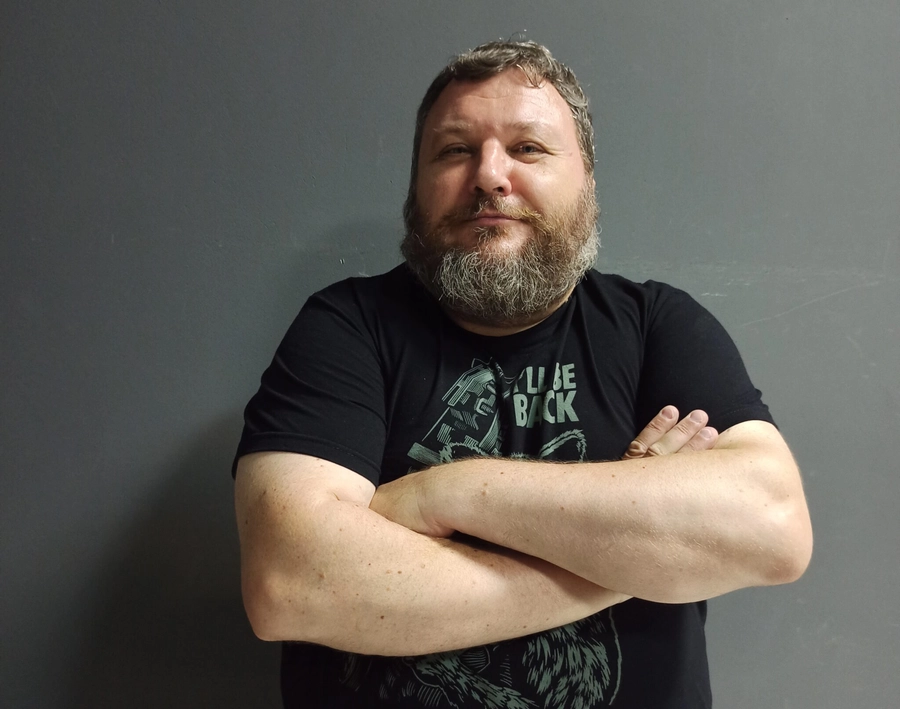
One issue is the rush of volunteers that once lined up to serve in the spring of 2022 has dried up.
An opinion commonly voiced by servicemen is that after Ukrainian successes – in first halting Russian advances and then pushing them to the east and south – those in relatively safer areas, such as Kyiv, became more complacent and less motivated to join the military.
“The war has become localized, as the ATO [Anti-Terrorist Operation] used to be some years ago, and regular victory reports gave the impression that more effort from society isn’t necessary. Perhaps the authorities should have responded more to this,” a source in Ukraine’s parliament, the Verkhovna Rada, told Kyiv Post.
For those living far away from the front line, except for the occasional drone or missile attack, it’s possible to feel that the war is not about you, veteran and volunteer Pavlo Cheburei told Kyiv Post.
But, in another sense, the war has had an impact on everyone.
After the war’s first year passed, there were many more graves in cemeteries. Today, almost every Ukrainian has a friend or relative who was killed or wounded in Russia’s invasion. As more people have gained first-hand knowledge of the war’s devastating consequences, the fear of fighting may have also increased.
Some people have tried to escape the draft by attempting to cross the Tisa River on Ukraine’s western border with Hungary and Romania. Since the start of Russia’s full-scale invasion, according to Ukrainian border guards, 22 men drowned in the Tisa attempting to cross it and three have already died this year.
Old statistics
Another problem with Ukraine’s mobilization plans is that population statistics are not up to date.
“For example, in the western regions, particularly, in Zakarpattia Oblast, there are no longer 1,200,000 people, as is still written in statistics,” Fedir Shandor, a professor of history and sociology at Uzhhorod University, who volunteered to fight for Ukraine in the spring of 2022, told Kyiv Post.

“Many people are employed abroad and haven’t changed their registration, so formally, they are still here. For example, the statistics may say there are 200 people in a village, but actually there may be only 30 to 50. We were doing this research before the full-scale invasion. But the thing is that the plans of the TRC are based on old demographic statistics. It is clear that it is difficult to complete their task with such data.”
Another issue may be the so-called “dead souls” problem – when TRC recruiters attempt to draft someone who might have even been dead for years.
Systemic issues
Those wishing to fight for Ukraine – who are undeterred by Russian propaganda, the fear of being killed, or the unfortunate condition of being long dead – are wrestling with some other concrete issues.
Andrii Kuzhel, a volunteer and serviceman since 2014, the head of the Chernihiv district military administration during the siege of Chernihiv in 2022, said that those who would like to join the army have questions that authorities haven’t answered.
“Many people complain that training is awful in training centers, not as they expected, and that some commanders behave with soldiers in the [authoritarian] Soviet style. Such stories can demotivate others… And what is more important for people is to know when they will be able to return home. This is important. They need to know for how long they will be removed from the household and life. Will they return in a year? Or two? Or three? Or never? There are no answers to this today,” Kuzhel said.
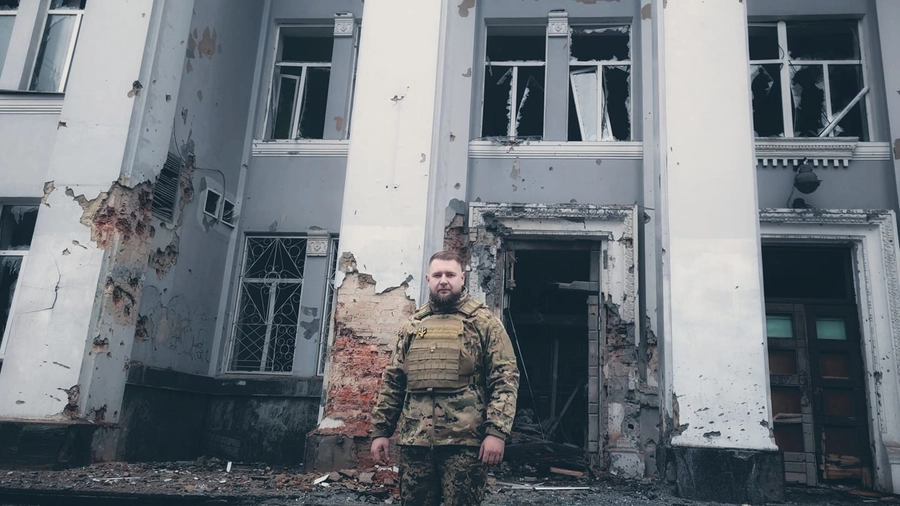
The mobilization law, filibustering, and questions this raises
The new mobilization draft law is intended to address these problems. It passed its first reading on Feb. 12, which allowed amendments to be made to it. After the amendments are considered, it gets voted on a second time and then becomes a law or not.
However, some 4,300 amendments, most of them proposed by President Volodymyr Zelensky’s Servant of the People party, have been proposed and are holding up the process.
As is known, politicians will swamp an unpopular draft law with amendments when they wish to delay its passage. Some, particularly representatives of opposition parties, say that’s what is happening now with the mobilization draft law.
So far, only about 1,505 of the draft law’s amendments have been considered and more and more questions are being raised at home and abroad about the reasons for the procrastination.
There have been days when the parliamentary committee in charge of considering the mobilization draft law considered just one amendment per day. Yet, as witnessed at the last meeting of the committee 660 amendments were considered at once, European Solidarity party member Iryna Friz confirmed.
None of the lawmakers Kyiv Post interviewed was willing to offer a prediction about how long it would take for a finalized version of the draft law to be considered by the full parliament.
Obviously, the longer the process is drawn out, some of its more controversial aspects are likely to become even more contested and to impact on the ratings of the Zelensky administration in opinion polls.
The proposed draft law lowers the conscription age from 27 to 25 and adds new penalties for those found to be draft dodging – including a significant increase in fines. It proposes to define more clearly who can be exempted from mobilization and who is responsible for carrying out the mobilization in conjunction with the TRCs – be it at the level of towns or regions.
Lawmakers also propose to resolve the problem of there being no limit on the amount of time a conscripted soldier serves.
The consensus is that those who’ve served 36 months continuously – with a year to a year-and-a-half on the front line – will be demobilized and returned home.
However, according to Dykyi, even the proposed law is too “soft.” He told Kyiv Post that it is not tough enough on draft dodgers, as many of the proposed penalties for draft dodgers have been removed from the original version.
“We have two problems to solve – service term limits and punishment for evasion. I see good news on the first, but no progress on the second issue,” Dykyi said.
So right now, as the Ukrainian leadership pleads with its Western supporters to speed up the supply of weapons and ammunition, it has laid itself open to charges that it is not showing sufficient political will at home to ensure that it has enough troops at the front. That it is not managing the vital but sensitive issue of mobilization as well it should.
You can also highlight the text and press Ctrl + Enter






